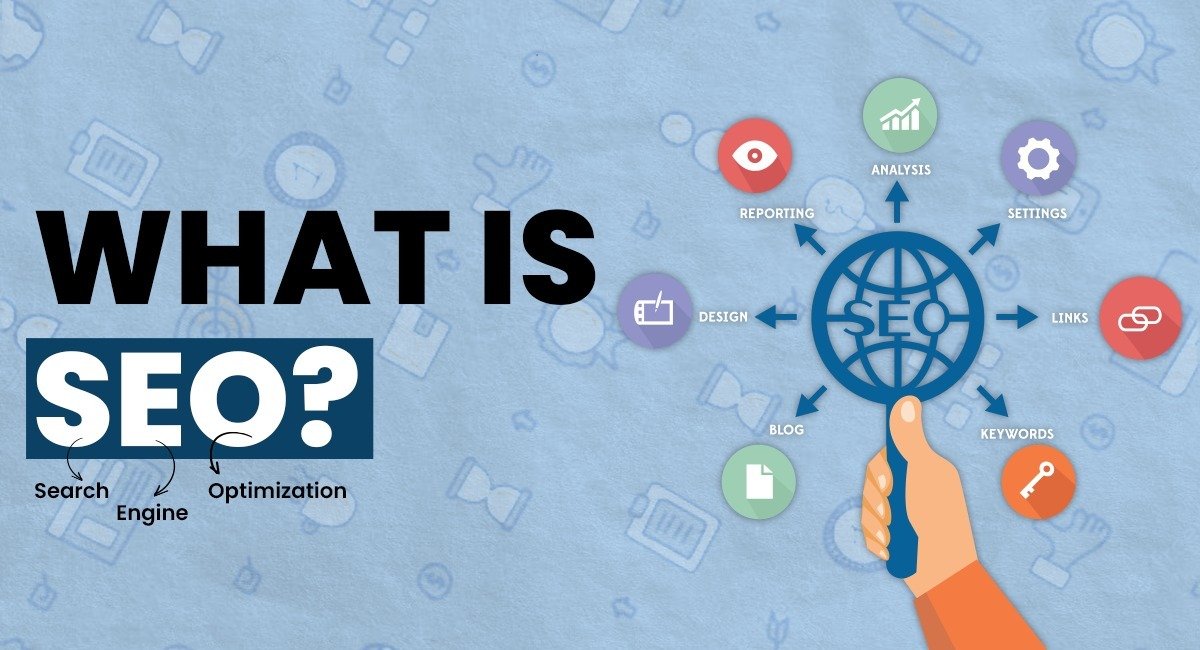SEO, or Search Engine Optimization, is the process of improving a website’s visibility and ranking on search engine results pages (SERPs). It is a digital marketing strategy aimed at attracting more organic (non-paid) traffic from search engines like Google, Bing, and Yahoo. By optimizing a website’s content, structure, and performance, SEO helps businesses and individuals reach their target audience more effectively.
Key Components of SEO:
- On-Page SEO:
Focuses on optimizing elements within your website, such as:- Keywords: Using relevant words and phrases that users search for.
- Meta Tags: Writing optimized meta titles and descriptions.
- Content Quality: Creating informative, engaging, and high-quality content.
- URL Structure: Keeping URLs short, descriptive, and keyword-rich.
- Internal Links: Connecting pages within your site to improve navigation.
- Off-Page SEO:
Involves activities outside your website to build its authority and reputation, such as:- Backlinks: Earning links from other reputable websites.
- Social Media Marketing: Promoting content to drive traffic and engagement.
- Brand Mentions: Being referenced or talked about online.
- Technical SEO:
Ensures that a website is optimized for search engine crawling and indexing by addressing:- Site Speed: Ensuring fast loading times.
- Mobile-Friendliness: Making sure the website is responsive on all devices.
- Security: Using HTTPS to provide a secure connection.
- Sitemap and Robots.txt: Helping search engines understand your site structure.
- Local SEO:
Aimed at improving visibility for local searches, like “restaurants near me.” It involves optimizing Google My Business profiles, local keywords, and obtaining customer reviews.
Why is SEO Important?
- Increases Visibility: Higher rankings mean more exposure to your audience.
- Builds Credibility: Appearing at the top of search results establishes trust and authority.
- Drives Organic Traffic: Brings in visitors without paying for ads.
- Cost-Effective: While SEO takes time and effort, it provides long-term benefits compared to paid advertising.
- Enhances User Experience: Optimizing for SEO often improves site usability and performance.
How SEO Works:
Search engines use algorithms to determine which websites are most relevant to a user’s search query. These algorithms consider factors like keyword relevance, page quality, backlinks, and user engagement to rank websites. SEO aims to align a website’s content and structure with these ranking factors.
SEO in Practice:
SEO is a continuous process and involves staying updated with changing search engine algorithms, trends, and user behaviors. By consistently optimizing a website and providing value to users, businesses can achieve sustainable growth and online success.


